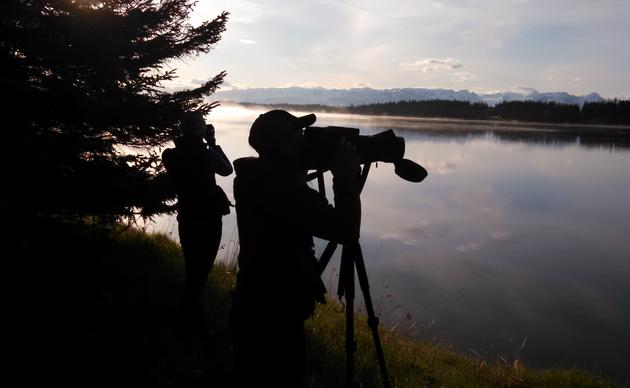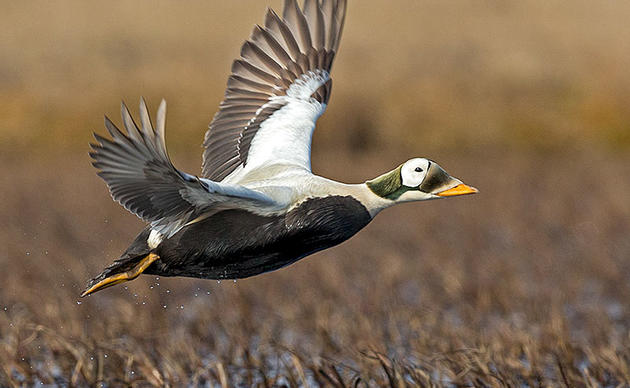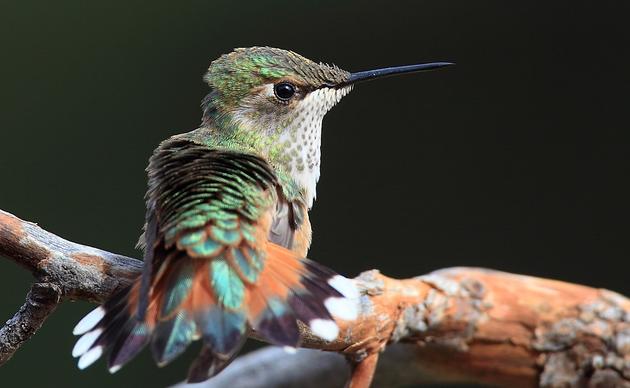Gustavus Forelands
The Gustavus Forelands are an extensive wetland created from glacial outwash from the receding terminal moraine which filled Glacier Bay only a few hundred years earlier during the maximum period of the Little Ice Age. The forelands provide important wetland habitat for wildlife including migratory waterfowl, shorebirds, and sandhill cranes. The Nature Conservancy manages the Gustavus Forelands Preserve which protects approximately 4,000 acres of the forelands and includes the Nagoonberry Loop Trail, a 2.5-mile trail through this area.
The forelands also include the Dude Creek Critical Habitat Area, one of the largest tracts of wet meadow habitat in the region. There are no trails in the critical habitat areas, but visitors can explore them on their own. Thousands of Sandhill Cranes stop at these sites in migration, with peak numbers in September. In woodland and open areas, look for Sooty Grouse, Rufous Hummingbird, Chestnut-backed Chickadee, Hermit Thrush, Varied Thrush, Orange-crowned Warbler, Yellow-rumped Warbler, Townsend’s Warbler, Lincoln’s Sparrow, Red Crossbill, and Pine Siskin. Walkers should be aware of the rules for safety in bear and moose country.
Directions:
From the main road between town and the airport, head south on Glen's Ditch Road to the parking area at Nagoonberry Trailhead located approximately .4 miles from the main road. From the trailhead, the trail meanders in a 2.5-mile loop. A user trail at the southern end of the loop trail can be used to access the beach and tidelands. The Forelands can also be accessed by walking the beach from the Gustavus Dock or the Airport Loop located south of the Gustavus airport.

Trail Information:
Birding Resources:
- eBird Hotspot: Gustavus--Forelands
- eBird Hotspot: Gustavus--Forelands Preserve-E of Gustavus Dock
Species Checklist:
Other Resources:
How you can help, right now
Donate to Audubon
Help secure the future for birds at risk from climate change, habitat loss and other threats. Your support will power our science, education, advocacy and on-the-ground conservation efforts.
1% for the Planet
We are proud to be part of the 1% for the Planet network. If you own a business, please consider joining 1% for the Planet to support Audubon Alaska’s conservation efforts.




